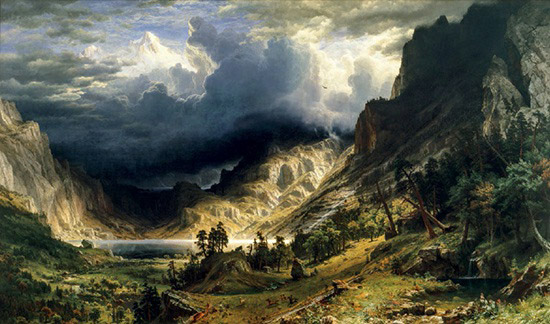The Rocky Mountains stand as a geological exception, situated far from the western boundary of the North American plate, in areas usually considered geologically quiet. These mountains originated from pre-existing layers of ancient continental crust and shallow seafloor sediments. These materials were significantly altered by the collisions that formed Pangea about 300 million years ago.
However, after the formation of Pangea, these ancestral Rockies mostly underwent erosion, while new mountain-building activity occurred on the plate’s western margin. The significant change in the Rockies’ landscape began around 80 million years ago due to the subduction of the Farallon oceanic plate beneath the North American plate. This subduction occurred at a shallow angle, causing tectonic and volcanic effects to be felt far inland.
The friction and compressive stresses from this subduction process led to extensive faulting and uplift in the region of the ancestral Rockies. This process, which lasted about 20 million years, extended from modern-day northern British Columbia to New Mexico. During this period, the newly formed peaks of the Rockies likely reached heights over 20,000 feet (6,000 meters), comparable to today’s Himalayas.
In the last 60 million years, the region around the Rockies has become relatively geologically inactive again. The forces of wind, water, and glaciers have eroded the Rockies by about 30 percent, reducing them to their current impressive heights. The Rockies’ formation and evolution are a testament to the dynamic and complex geological processes shaping the Earth’s surface.

